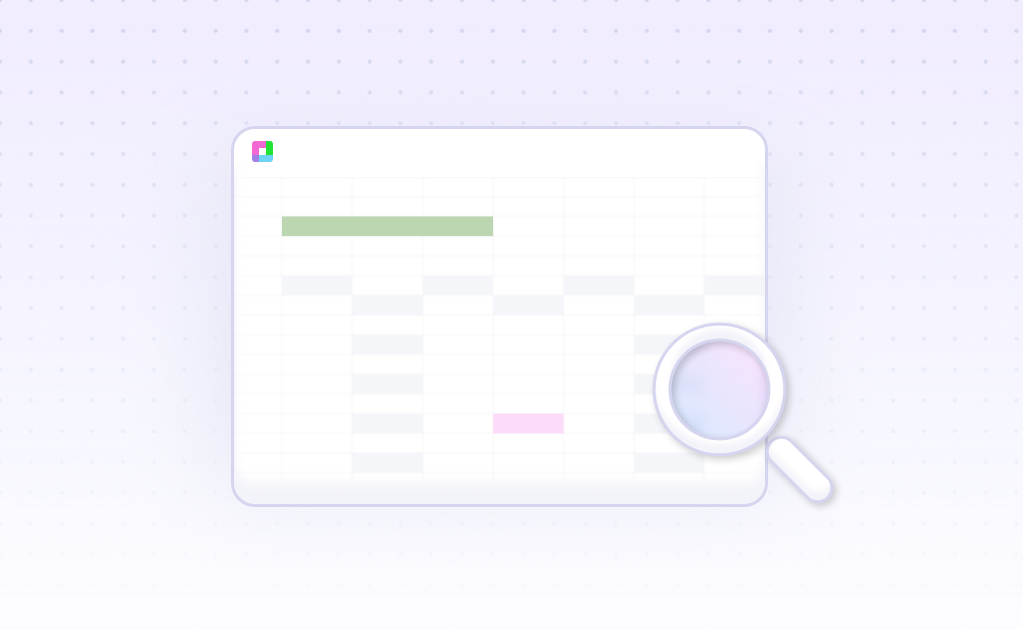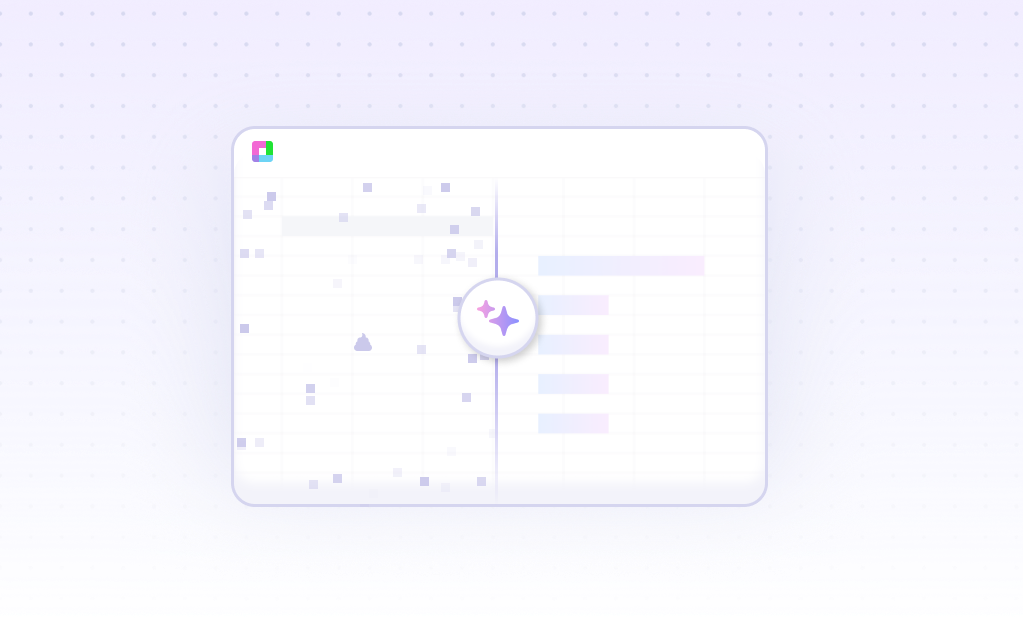
Price elasticity of demand reveals how sensitive consumer purchasing behavior is to price changes. Understanding this relationship is crucial for optimizing revenue, setting competitive prices, and forecasting market responses. With the right analytical approach, you can transform raw sales data into strategic pricing insights that drive profitability.
Whether you're analyzing luxury goods with high elasticity or essential products with inelastic demand, mastering elasticity calculations helps you predict consumer behavior and maximize revenue potential.
What is Price Elasticity of Demand?
Price elasticity of demand measures the percentage change in quantity demanded relative to a percentage change in price. It's calculated using the formula:
Price Elasticity = (% Change in Quantity Demanded) / (% Change in Price)
The resulting coefficient tells you whether demand is:
- Elastic (|E| > 1): Consumers are highly responsive to price changes
- Inelastic (|E| < 1): Consumers are less responsive to price changes
- Unit Elastic (|E| = 1): Percentage change in demand equals percentage change in price
- Perfectly Elastic (|E| = ∞): Any price increase eliminates all demand
- Perfectly Inelastic (|E| = 0): Demand remains constant regardless of price
Why Price Elasticity Analysis Matters
Discover the key benefits
Revenue Optimization
Determine whether price increases or decreases will maximize total revenue based on demand responsiveness
Competitive Positioning
Understand how price-sensitive your customers are compared to competitors and adjust strategy accordingly
Market Segmentation
Identify customer segments with different price sensitivities to implement targeted pricing strategies
Demand Forecasting
Predict how quantity demanded will change with proposed price adjustments before implementation
Product Mix Decisions
Allocate resources and inventory based on products with optimal elasticity profiles
Risk Assessment
Evaluate the financial impact of pricing changes and market volatility on revenue streams
Price Elasticity Examples Across Industries
Luxury Fashion: High Elasticity Example
A premium clothing retailer notices that when they increase designer handbag prices from $500 to $600 (20% increase), sales drop from 1,000 to 600 units per month (40% decrease).
Calculation: Elasticity = -40% / 20% = -2.0
This highly elastic demand (|E| = 2.0) suggests that luxury shoppers are very price-sensitive. The retailer should consider price reductions to increase total revenue.
Gasoline: Inelastic Demand Example
A gas station increases fuel prices from $3.00 to $3.30 per gallon (10% increase), and daily sales decrease from 5,000 to 4,750 gallons (5% decrease).
Calculation: Elasticity = -5% / 10% = -0.5
This inelastic demand (|E| = 0.5) reflects gasoline as a necessity. Consumers continue purchasing despite price increases, making price increases profitable.
Streaming Services: Near Unit Elastic
A streaming platform raises subscription prices from $10 to $12 monthly (20% increase), and subscribers drop from 100,000 to 82,000 (18% decrease).
Calculation: Elasticity = -18% / 20% = -0.9
This near unit elastic demand suggests the market is at an optimal pricing point where revenue changes are minimal with price adjustments.
How to Calculate Price Elasticity of Demand
Simple Percentage Method
The most straightforward approach uses basic percentage changes:
Elasticity = (% Change in Quantity) / (% Change in Price)
Where % Change = ((New Value - Old Value) / Old Value) × 100
Midpoint Method (Arc Elasticity)
For more accurate results over larger price ranges, use the midpoint formula:
Elasticity = ((Q2-Q1)/((Q2+Q1)/2)) / ((P2-P1)/((P2+P1)/2))
This method uses average values as the base, providing consistent results regardless of which point you consider the starting point.
Point Elasticity (Calculus Method)
For continuous demand functions, point elasticity uses derivatives:
Elasticity = (dQ/dP) × (P/Q)
This method provides elasticity at a specific point on the demand curve, useful for precise optimization.
Strategic Applications of Elasticity Analysis
Discover the key benefits
Dynamic Pricing Strategy
Retailers use elasticity coefficients to implement surge pricing during peak demand periods while maintaining customer loyalty during off-peak times.
Product Launch Pricing
Technology companies analyze beta user response to different price points to determine optimal launch pricing for new software or devices.
Subscription Model Optimization
Media and SaaS companies test elasticity across different subscription tiers to maximize recurring revenue and minimize churn rates.
Geographic Price Discrimination
Global brands adjust regional pricing based on local market elasticity to optimize revenue across different economic conditions.
Seasonal Adjustment Planning
Hospitality and travel industries use elasticity analysis to set seasonal rates that balance occupancy rates with revenue maximization.
Bundle Pricing Decisions
Telecommunications providers analyze individual service elasticity to create profitable bundle packages that reduce overall price sensitivity.
Factors That Influence Price Elasticity
Availability of Substitutes
Products with many close substitutes tend to have higher elasticity. When coffee shops raise prices, customers can easily switch to competitors, making demand elastic. Essential medications with no alternatives show inelastic demand.
Necessity vs. Luxury Classification
Necessities like basic food items, utilities, and healthcare typically have inelastic demand. Luxury items like jewelry, high-end electronics, and premium services show elastic demand patterns.
Time Horizon
Short-term elasticity often differs from long-term elasticity. Gasoline shows inelastic demand immediately after price increases, but becomes more elastic as consumers adjust driving habits and vehicle choices over time.
Income Proportion
Products representing a large portion of consumer income tend to be more elastic. Housing and automobile purchases show high elasticity, while small daily purchases like coffee show lower elasticity.
Brand Loyalty and Switching Costs
Strong brand loyalty reduces elasticity. Apple products often show inelastic demand due to ecosystem lock-in, while generic commodities with low switching costs show high elasticity.
Advanced Elasticity Analysis Techniques
Cross-Price Elasticity
Measure how demand for one product changes when the price of a related product changes. Positive cross-elasticity indicates substitute goods, while negative values suggest complementary products.
Cross-Price Elasticity = (% Change in Demand for Product A) / (% Change in Price of Product B)
Income Elasticity Integration
Combine price elasticity with income elasticity analysis to understand how economic conditions affect price sensitivity. Luxury goods often show both high price and income elasticity.
Segmented Elasticity Analysis
Calculate separate elasticity coefficients for different customer segments, geographic regions, or time periods to identify opportunities for targeted pricing strategies.
Elasticity Forecasting Models
Use historical elasticity patterns to build predictive models that forecast demand responses to future price changes, incorporating seasonal factors and market trends.
Frequently Asked Questions
What's the difference between elastic and inelastic demand?
Elastic demand (|E| > 1) means consumers are highly responsive to price changes - a small price increase leads to a large decrease in quantity demanded. Inelastic demand (|E| < 1) means consumers are less responsive - they continue buying even when prices increase. For example, luxury cars have elastic demand while gasoline has inelastic demand.
How do I interpret negative elasticity values?
Negative elasticity values are normal and expected for most goods, reflecting the law of demand - as price increases, quantity demanded decreases. The magnitude (absolute value) matters more than the sign. An elasticity of -2.0 is more elastic than -0.5, even though both are negative.
Can price elasticity change over time?
Yes, elasticity can change due to factors like income changes, availability of substitutes, changing consumer preferences, and market maturity. Products often become more elastic over time as competitors enter the market and substitutes become available.
What sample size do I need for reliable elasticity calculations?
For statistical reliability, you need at least 30 data points with sufficient price variation. More data points (100+) provide better accuracy, especially when controlling for external factors like seasonality, marketing campaigns, and economic conditions that might influence demand.
How do I account for external factors affecting demand?
Use multiple regression analysis to isolate the price effect from other variables like seasonality, marketing spend, competitor actions, and economic indicators. This provides a more accurate elasticity coefficient by controlling for confounding variables.
Should I use point elasticity or arc elasticity?
Use point elasticity for small price changes (less than 10%) and continuous optimization. Use arc elasticity (midpoint method) for larger price changes or when comparing elasticity across different price ranges. Arc elasticity provides more stable results for significant price variations.
Best Practices for Elasticity Analysis
Data Collection Guidelines
- Collect data over consistent time periods to avoid seasonal distortions
- Include sufficient price variation to calculate meaningful elasticity
- Record external factors that might influence demand (promotions, competitor actions)
- Segment data by customer type, region, or product category for targeted insights
Statistical Validation
- Test for statistical significance using confidence intervals
- Check for correlation between price changes and other variables
- Validate results with out-of-sample testing
- Use regression analysis to control for confounding factors
Implementation Strategy
- Start with small price tests to validate elasticity estimates
- Monitor competitor responses to your price changes
- Regularly update elasticity calculations as market conditions change
- Combine elasticity analysis with profitability analysis for optimal decisions
Common Pitfalls to Avoid
- Assuming elasticity remains constant across all price ranges
- Ignoring the time lag between price changes and demand response
- Failing to account for inventory effects and stockpiling behavior
- Using elasticity calculated in one market segment for another
Frequently Asked Questions
If your question is not covered here, you can contact our team.
Contact Us




